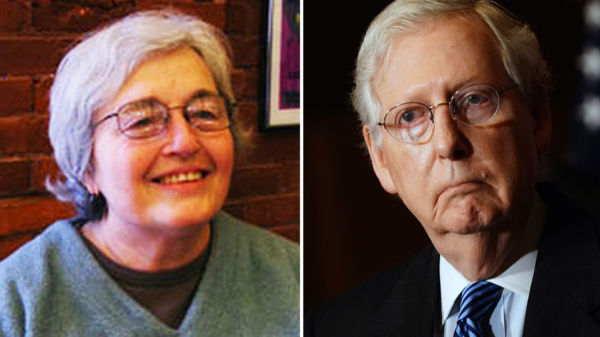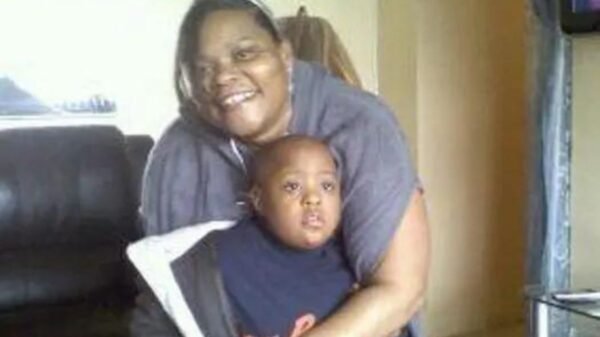The tragic death of Tristan Dilley, a talented cheerleader and bright high school student, left a community in shock and raised countless questions. Her untimely demise in 2015 triggered a whirlwind of grief, speculation, and ultimately, a full-scale investigation into what really happened in the final days leading up to her death. While many knew her as a vibrant young woman with a promising future, her sudden passing unveiled layers of mystery that still perplex many to this day.
This article delves into the life of Tristan Dilley, explores the circumstances surrounding her death, and looks into the broader implications it has had on her community, as well as the continuing discussions about mental health and the pressures faced by teenagers in today’s society.
Profile Bio Of Tristan Dilley
| Detail | Information |
|---|---|
| Full Name | Tristan Dilley |
| Age at Death | 15 years old |
| Date of Birth | 2000 |
| Date of Death | July 27, 2015 |
| Hometown | Eldorado, Illinois |
| Occupation | High School Student, Cheerleader |
| School | Eldorado High School |
| Known For | Cheerleading, Academic Excellence |
| Cause of Death | Gunshot wound (ruled as suicide) |
| Found By | Younger sibling |
| Firearm Ownership | Legally owned by mother, Dawn Dilley |
| Community Impact | Shock, grief, led to mental health awareness |
| Legacy | Advocacy for mental health and teen support |
Who Was Tristan Dilley?
Tristan Dilley was a 15-year-old high school student from Eldorado, Illinois. She was widely known for her passion for cheerleading, a sport she participated in with enthusiasm and dedication. Beyond the field, she was an excellent student and a young woman with a bright personality. Friends and family described her as lively, loving, and full of potential. Her energy and presence in both her school and community were undeniably strong.
Tristan lived with her mother, Dawn Dilley, and her siblings in a seemingly ordinary household. Like many teenagers, she had a tight-knit group of friends, a social media presence, and a packed schedule that included school, cheer practice, and family responsibilities. From the outside, Tristan seemed to lead a perfectly normal teenage life. However, as her story unfolded, it became clear that beneath the surface, there were challenges and pressures she was struggling with.
The Events Leading to Tristan Dilley’s Death
On July 27, 2015, the Dilley household experienced a tragedy that no one could have anticipated. Tristan was found dead in her bedroom, having suffered a fatal gunshot wound. Her younger sibling discovered her body, and it quickly became apparent that this was not a random accident or an external act of violence.
The news of her death sent shockwaves throughout the local community, with many unable to comprehend how such a tragedy could occur. As authorities began their investigation, there was widespread speculation about the nature of her passing. The initial assumption by many was that Tristan’s death was a suicide, but the lack of clarity and specific details surrounding the incident left people asking: what really happened?

The Investigation and the Lingering Questions
After her death, the investigation into the circumstances surrounding Tristan’s final moments became the central focus of law enforcement. Detectives were tasked with piecing together the puzzle of Tristan’s last days. According to the initial reports, there were no signs of foul play, and the evidence seemed to suggest that her death was self-inflicted.
However, what puzzled both investigators and the community was that Tristan had not displayed any overt signs of distress or emotional turmoil in the days leading up to her death. Those closest to her were shocked, as they didn’t recognize any obvious red flags that would have indicated she was struggling with mental health issues or suicidal thoughts. Like many teenagers, she had her share of ups and downs, but nothing seemed to suggest that she was in a state of despair.
The firearm used in the incident belonged to Tristan’s mother, Dawn, who legally owned the gun for protection. The investigation revealed that Tristan had gained access to the firearm without her mother’s knowledge. This detail added another layer of complexity to the case, as it raised concerns about gun safety and access to weapons in households where young people live.
While the evidence largely pointed to suicide, some community members were hesitant to accept this conclusion. A few questioned whether external factors, such as peer pressure, bullying, or a possible relationship issue, could have played a role. Despite these lingering questions, law enforcement ultimately closed the case, concluding that Tristan’s death was a suicide.
The Impact on the Community
Tristan Dilley’s death had a profound impact on her family, friends, and the broader Eldorado community. Her passing became a painful reminder of the fragility of life and the importance of mental health awareness. In the wake of her death, the community rallied around the Dilley family, offering support in various forms. Candlelight vigils, memorial services, and tributes flooded social media as people struggled to come to terms with the tragedy.
For many of Tristan’s peers, her death was a stark wake-up call about the hidden struggles that teenagers can face. It opened up conversations about the pressures of high school life, the demands of excelling in extracurricular activities, and the challenges of navigating social dynamics in a digital age. While Tristan was remembered as a vibrant, successful cheerleader, her death highlighted the fact that outward appearances often do not reflect the inner emotional turmoil that some teenagers may experience.
In the aftermath of her passing, schools and local organizations began emphasizing mental health resources, encouraging students to seek help if they felt overwhelmed. Mental health professionals were brought in to provide counseling to those struggling with the grief of losing a friend, and teachers received training to recognize warning signs of depression and anxiety in their students.

Mental Health and the Pressures on Teenagers
Tristan Dilley’s tragic death underscores a critical issue that is becoming more prevalent in modern society: the mental health of teenagers. According to the American Psychological Association, rates of depression and anxiety among teenagers have risen sharply in recent years. Adolescents are increasingly subjected to a variety of pressures, including academic expectations, social media influence, peer relationships, and familial dynamics.
Cheerleading, while a beloved and rewarding activity for many, can also carry its own set of challenges. The sport requires rigorous physical training, intense competition, and sometimes even exposure to bullying or exclusion within social circles. Some speculate that the pressure to maintain a positive image, excel in school, and juggle extracurricular activities may have contributed to the stress Tristan was feeling.
In the broader context, Tristan Dilley’s death sheds light on the silent battles that many young people face today. It serves as a sobering reminder that even those who appear to be thriving on the outside may be struggling internally. This tragedy calls for an increased focus on mental health education and awareness, especially in school systems where students often feel pressured to achieve certain standards, both academically and socially.
The Ongoing Legacy of Tristan Dilley
Though Tristan Dilley’s life was cut tragically short, her legacy continues to resonate within her community and beyond. Her death spurred conversations about mental health, gun safety, and the importance of open communication between parents and children. It prompted many to take a closer look at how they engage with the young people in their lives, ensuring that they feel supported and heard.
In addition, Tristan’s story has led to more significant advocacy for youth mental health initiatives. Community groups, mental health professionals, and educators have worked together to promote resources for young people struggling with emotional issues, emphasizing that seeking help is a sign of strength, not weakness.
Conclusion
The final days of Tristan Dilley remain shrouded in sadness and questions, but her story serves as a powerful reminder of the challenges that many teenagers face. While the specifics of her struggles may never be fully known, her death has brought critical issues like mental health and emotional well-being to the forefront of community discussions.
As we remember Tristan Dilley for the bright, enthusiastic, and caring person she was, we must also use her story as a catalyst for change. By fostering open dialogues about mental health and providing the necessary support systems, we can work towards a future where tragedies like this are less common, and young people like Tristan receive the care and attention they need during their most vulnerable moments.
FAQs
Who was Tristan Dilley?
Tristan Dilley was a 15-year-old high school student and cheerleader from Eldorado, Illinois, known for her bright personality and academic success.
What happened to Tristan Dilley?
Tristan Dilley tragically passed away on July 27, 2015, from a gunshot wound in her home, which was later ruled as suicide.
Did Tristan show any signs of distress before her death?
Friends and family did not notice any obvious signs of emotional distress or mental health issues before her death, leaving many shocked by the tragedy.
How did the community react to Tristan’s death?
Tristan’s death deeply impacted her community, leading to increased conversations around mental health and support for teens dealing with emotional struggles.
What legacy did Tristan Dilley’s death leave behind?
Tristan’s death sparked awareness for mental health issues, particularly among teenagers, and prompted advocacy for better resources and open communication in schools and families.


































